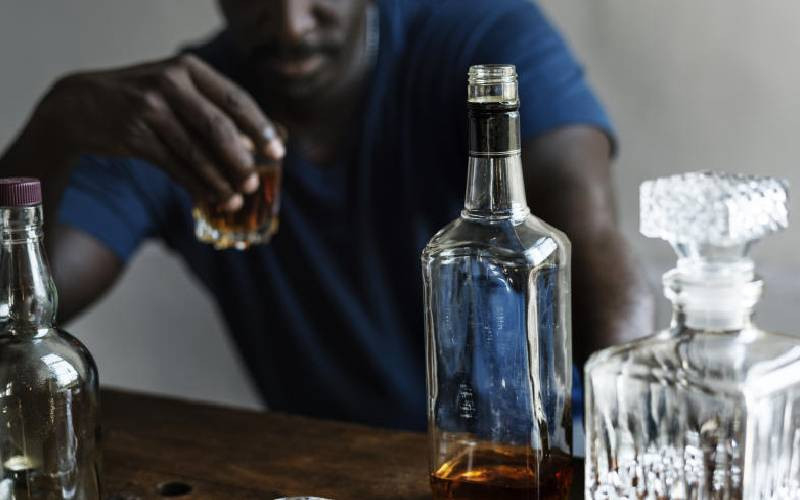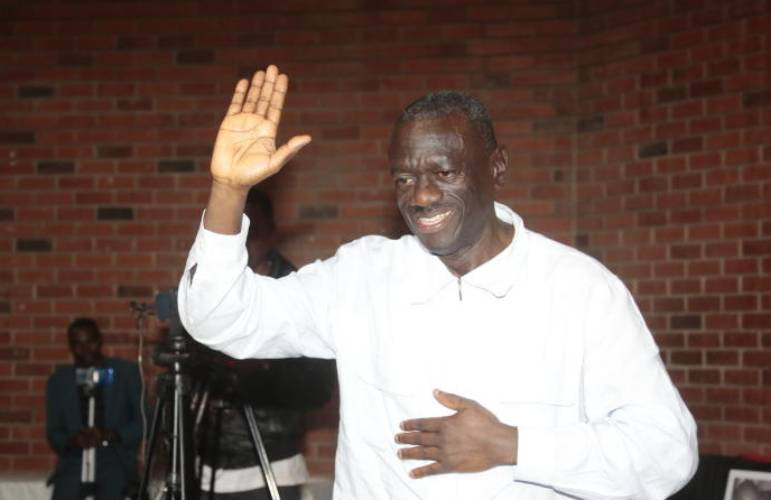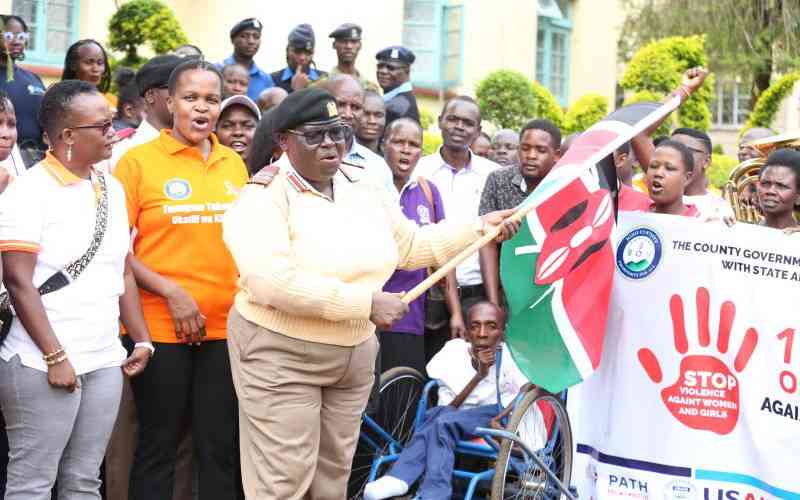
“Listen first – listening to children and youth is the first step to help them grow healthy and safe,” has been the theme for 2017 and 2018 international day against drug abuse and illicit trafficking, which passed quietly two weeks ago even as the drug abuse scourge continued to bite locally.
This, even as research suggests that early to late adolescence is a critical risk period for the initiation of substance use. This is also true because educators recognise that drug and alcohol abuse among students are significant barriers to the achievement of educational objectives. Most parents believe that it is the responsibility of teachers to check drug abuse among school going children, and still most of them delude themselves that their children are safe and secure.
Drug abuse is not confined to young people in certain geographical areas or from particular social-economic backgrounds. It affects the nation as a whole, both urban and rural areas, and cuts across class.
Yet the delivery of the Big Four is an opportunity to harness the ingenuity of youth and leverage tertiary institutions as well as technology and innovation hubs to invent and produce substitutes for energy-intensive industrial products, encourage young entrepreneurs to revolutionise healthcare and enterprises-driven approach, youth-led new and innovative policies in housing, use smart technology to optimize inputs and farm operations and increase productivity.
Young people
But with the level of drug abuse startling and frightening because many young people are getting wired on drugs each passing day, there is a lesson from youth on the Big Four Agenda. Young people are future parents, leaders, and professionals, who the country depends on for posterity.
The substances destroying our youth are commonly available illicit liquor like chang’aa and legally marketed alcohol like beer and whisky. With counterfeits running the market, alcohol has become more obtainable, desirable and normalized. Parents now teach their young children how to drink alcohol in the name of modernity. There’s no longer the right point at which to instill proper education on alcohol consumption and management.
Studies show that teenagers who are given alcohol by their parents are three times more likely to be heavy drinkers in their late teens than those from families which do not supply alcohol. Statistics show that 32 per cent of children living with single parents were consuming alcohol and those who live with their grandparents stand at 30 per cent. Single mothers are so busy working, 59 per cent of their children drink alcohol while those living with single fathers stand at 43 per cent. Creating a multi-pronged approach to tackling alcohol abuse in the educational institutions to maximize effective use of resources could be an answer.
Ironically, institutions that society has bestowed on the power for social change are faltering and overwhelmed. The family is in a crisis mode having lost authority over youth, giving them leeway to engage in unproductive and irresponsible behavior. Educational institutions are facing challenges of control and identity while religious life is at a crossroads.
Quick money
A cursory look shows that drug abuse, crime, violence, sexuality and poverty have taken control and complicated an already bad situation. With such scenario, young people have become “endangered species” since alcohol addiction is indicative of loss of a future productive life and its meaning to the Big Four Agenda.
To compound this sorry and dreadful situation, the sudden increase in fake and unlicensed alcoholic products in circulation is worrying. In the quest to make quick money, unscrupulous Kenyans spike their backyard concoctions with deadly industrial chemicals to make them more potent. And sadly, about 4 million Kenyans are currently consuming illicit brews.
While illicit alcohol causes health hazards, illegal business significantly hurts the economy and robs the country of young productive people. In a country where about 14,000 young people die each year from complications related to consuming illegally-brewed alcohol while many more victims suffer permanent defects, here is the real threat to the Big Four Agenda.
A continuous consumer sensitisation on dangers of illicit liquor is needed to bolster behaviour change. Media should give more publicity on the consumption and enforcement levels against drug abuse. County governments and security coordinators should work closely with licensed distributors and distillers to ensure that only licensed products are sold in their counties. The family, the school, and religious leaders will need to re-examine their relevance and place.
Stay informed. Subscribe to our newsletter
Ultimately, Kenya must develop sustainable interventions to alcoholism and illicit drug trafficking among youth, not haphazard half-measures. The diversity of skills and talents among the youth is what the Big Four Agenda and Vision 2030 badly need.
Prof. Mogambi, a Development communication and social change expert, teaches at the University of Nairobi: hmogambi @ yahoo.co.uk
 The Standard Group Plc is a
multi-media organization with investments in media platforms spanning newspaper
print operations, television, radio broadcasting, digital and online services. The
Standard Group is recognized as a leading multi-media house in Kenya with a key
influence in matters of national and international interest.
The Standard Group Plc is a
multi-media organization with investments in media platforms spanning newspaper
print operations, television, radio broadcasting, digital and online services. The
Standard Group is recognized as a leading multi-media house in Kenya with a key
influence in matters of national and international interest.
 The Standard Group Plc is a
multi-media organization with investments in media platforms spanning newspaper
print operations, television, radio broadcasting, digital and online services. The
Standard Group is recognized as a leading multi-media house in Kenya with a key
influence in matters of national and international interest.
The Standard Group Plc is a
multi-media organization with investments in media platforms spanning newspaper
print operations, television, radio broadcasting, digital and online services. The
Standard Group is recognized as a leading multi-media house in Kenya with a key
influence in matters of national and international interest.









